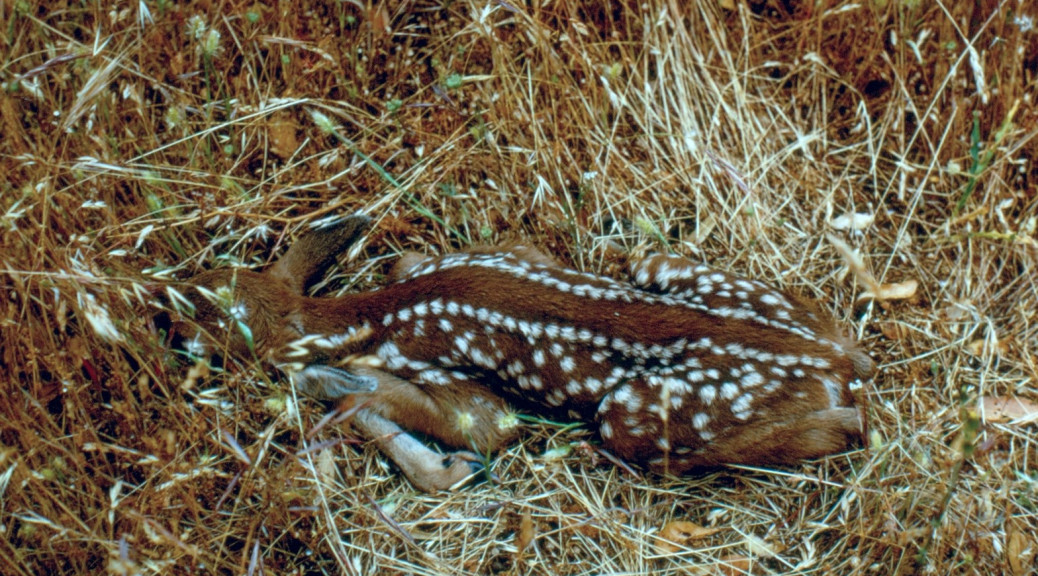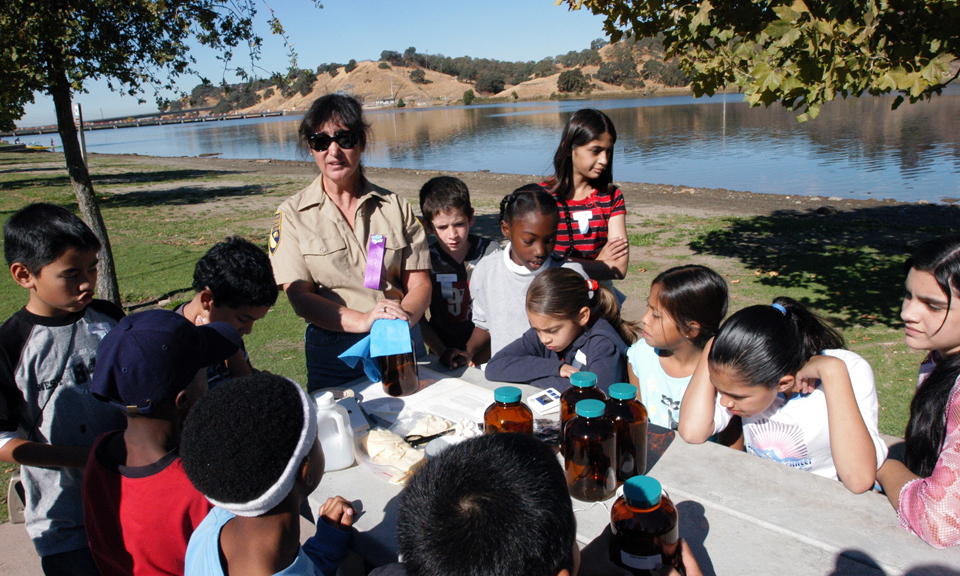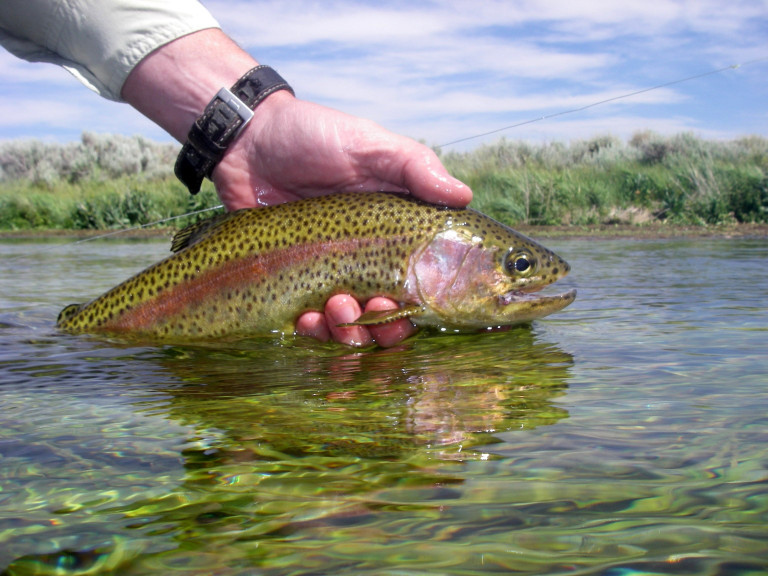From Sportfishing
Fish Report for 4-21-2017

Leave Young Wildlife Alone
4-21-2017
CDFW
With late spring and early summer being the peak time for California’s wildlife to bear their young, the California Department of Fish and Wildlife (CDFW) is issuing a reminder to well-intentioned citizens: If you find a seemingly abandoned young wild animal, you should leave it alone.
Even though it may be hard to resist picking up a young wild animal that appears to be abandoned, intervention may cause more harm than good. Young animals that are removed from their natural environment typically do not survive. Those that do may not develop wilderness survival skills, making them unsuitable for release back into their natural habitat.
“It is a common mistake to believe a young animal has been abandoned when it is found alone, even if the mother has not been observed in the area for a long period of time,” said Nicole Carion, CDFW’s statewide wildlife rehabilitation coordinator. “Chances are the mother is off seeking food, or she could be nearby, waiting for you to leave.”
Carion noted that this behavior is common across many species. For example, adult female deer often stash their fawns in tall grass or brush for many hours while they are out foraging for food. A female mountain lion may spend as much as 50 percent of her time away from her kittens.
If a young animal is in distress, or you are unsure, contact a wildlife rehabilitation facility and speak to personnel to determine the best course of action. For an injured, orphaned or sick bear, elk, deer, bighorn sheep, pronghorn antelope, wild pig or mountain lion, contact CDFW directly, as most wildlife rehabilitators are only allowed to possess small mammals and birds. Although some wildlife rehabilitators are allowed to accept fawns, injured or sick adult deer should be reported directly to CDFW for public safety reasons.
Anyone who removes a young animal from the wild is required to notify CDFW or take the animal to a state and federally permitted wildlife rehabilitator within 48 hours. These animals may need specialized care and feeding that is best done by trained wildlife care specialists.
It is important to note that wild animals – even young ones – can cause serious injury with their sharp claws, hooves and teeth, especially when injured and scared. They may also carry ticks, fleas and lice, and can transmit diseases to humans, including rabies and tularemia.
To learn more about how to live and recreate responsibly where wildlife is near, please visit CDFW’s Keep Me Wild website at keepmewild.org.
< Previous Report Next Report >
More Reports

4-21-2017
Wetlands bus, interactive booths, native plant stations, a craft booth, food for sale, and more. The event is handicap accessible,...... Read More

4-20-2017
Question: My friends and I are all fly fishermen who promote catch and release fishing rather than taking fish for consumption....... Read More

Website Hosting and Design provided by TECK.net